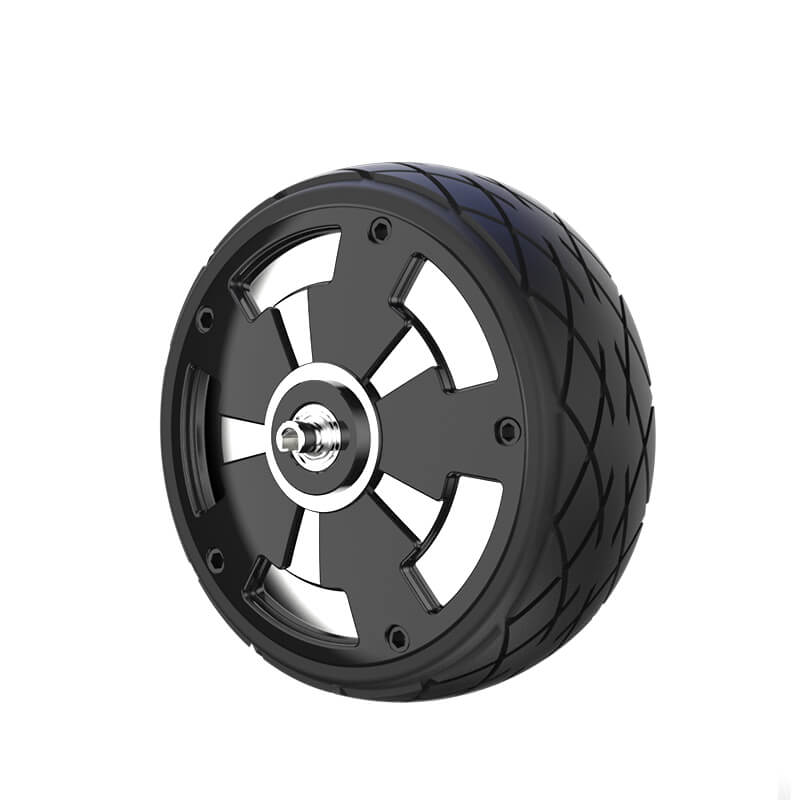Imagine a tiny but mighty component capable of seamlessly turning the tide in robotics, automation, and miniaturized machinery—welcome to the world of the 180-degree servomotor. Whether you’re an engineer designing sophisticated robotic arms or a hobbyist dabbling in remote-controlled vehicles, this small voltage-operated marvel often plays a pivotal role in delivering precise movements and dependable performance.

The Heart of Mechanical Precision
A 180-degree servomotor, simply put, is a device that can rotate within a 180-degree arc—half a full circle—making it ideal for applications needing limited, controlled movement. It functions through a closed-loop control system, which constantly adjusts its position based on feedback, ensuring exact positioning irrespective of external forces or load variations. That feedback mechanism typically involves a potentiometer attached to the motor shaft, providing real-time positional data to the control circuit.
This precise control over movement stems from its core components: a small motor, gears, a potentiometer, and a control circuit. When an electrical signal, usually a pulse width modulation (PWM) waveform, is sent from a microcontroller or another control source, the servomotor responds by rotating until reaching the target position. Once there, it maintains its position with remarkable accuracy, thanks to the feedback loop constantly correcting any deviations.
The Mechanics Behind the Motion
The 180-degree servomotor is ingeniously designed. Its gear train reduces the motor’s rotation, enabling finer control over the movement. This gear reduction not only diminishes the motor's speed but also amplifies torque—making the servomotor capable of holding positions against resistance. The potentiometer, connected directly to the moving shaft, constantly compares the actual position with the desired one, prompting the control circuitry to adjust the motor's power accordingly.
In practice, this means that the servomotor doesn’t just spin freely; it can hold a position, move precisely to set angles, and do so repeatedly with minimal wear. This consistency is why it's a favorite among robotics enthusiasts and engineers alike. The ability to perform controlled, limited rotation, combined with high repeatability, makes the 180-degree servomotor a flexible tool for many projects.
Why 180 Degrees?
Most standard servomotors are capable of rotating through a full 360 degrees or more, but the 180-degree variant is often favored for specific applications. The reason lies in its simplicity, efficiency, and accuracy over that range. For example, in robotic arms, the joint might only need to move within a half-circle to grasp an object or perform a task—here, the 180-degree servo fits perfectly.
Moreover, limiting rotation to 180 degrees mitigates issues associated with unpredictable wrap-around behavior or excessive gear wear. It simplifies the control algorithms, making programming more straightforward. Plus, many hobbyist and educational kits come equipped with 180-degree servos as standard, thanks to their cost-effectiveness and ease of integration.
The Ubiquity of 180-Degree Servos
From the simplest DIY drone projects to complex CNC systems, the 180-degree servomotor is a common thread. Researchers have integrated it into prosthetic limbs, where controlled, precise movements replicate human gestures. In automation lines, these servos position components swiftly and accurately—enhancing production efficiency. Hobbyists rely on them to craft robot arms capable of mimicking human-like motions or to develop remote-controlled vehicles that navigate with finesse.
What makes these servos even more appealing is their versatility and accessibility. Many available models are compatible with various microcontrollers—such as Arduino, Raspberry Pi, and ESP8266—making them approachable for beginners and professionals alike. Their easy operation, combined with extensive communities that share tutorials and modifications, fosters innovation across multiple disciplines.
How to Choose the Right 180-Degree Servomotor
Picking the right servo involves understanding the specific needs of your project. Key factors include:
Torque: How much force is required to move your load. Larger or heavier objects demand servos with higher torque ratings. Speed: How quickly the servo can reach its target angle. Some applications require rapid movements, while others benefit from slow, controlled adjustments. Size and Weight: For compact or lightweight projects, a smaller servo might be necessary. Voltage Compatibility: Ensuring the power supply aligns with the servo's specifications prevents damage and ensures consistent performance. Durability and Brand Reliability: Investing in reputable brands can save headaches caused by early failure or inconsistent movements.
It's worth noting that most standard 180-degree servos operate within a voltage range of 4.8V to 6V, making them suitable for common battery-powered setups.
Leveraging innovations in modular drive technology, Kpower integrates high-performance motors, precision reducers, and multi-protocol control systems to provide efficient and customized smart drive system solutions.




































